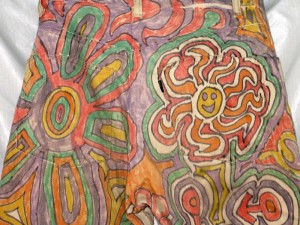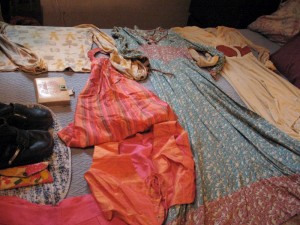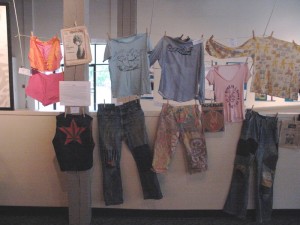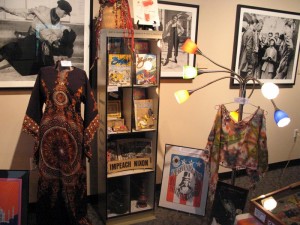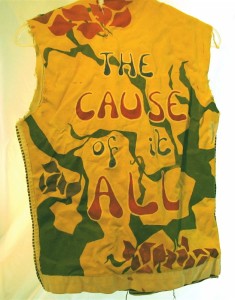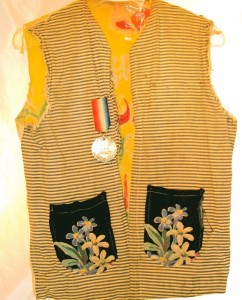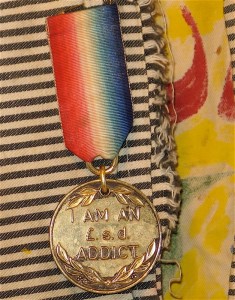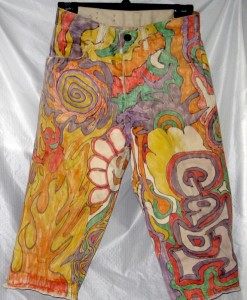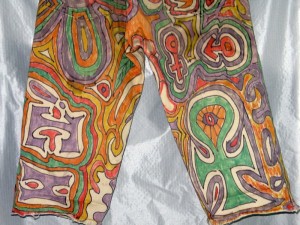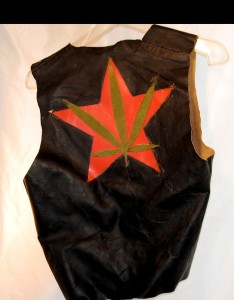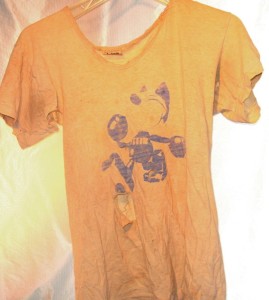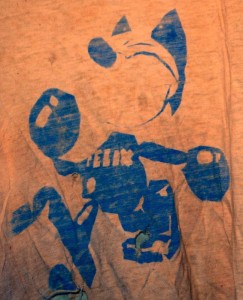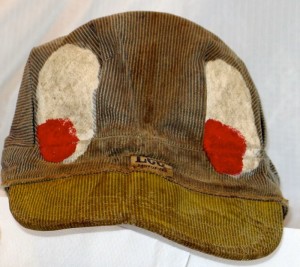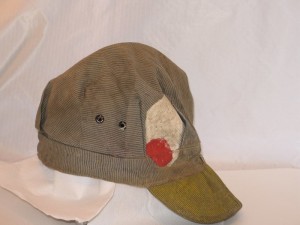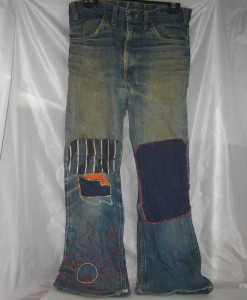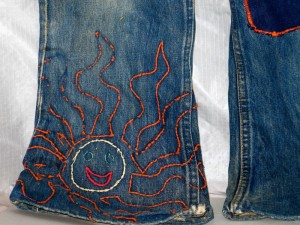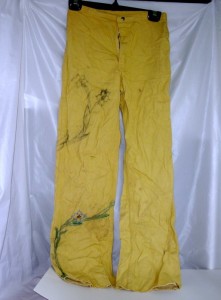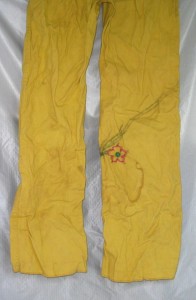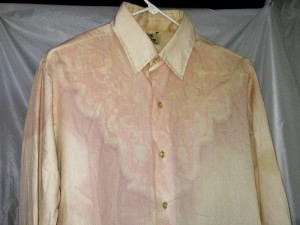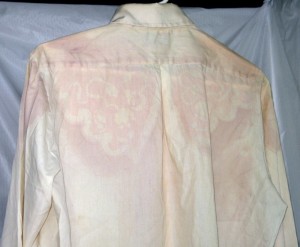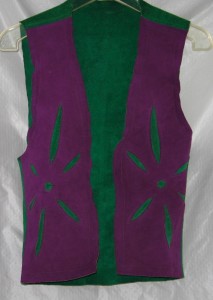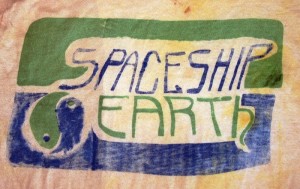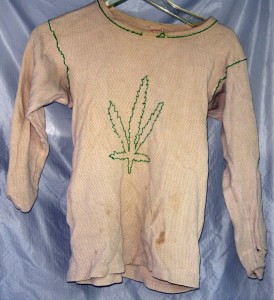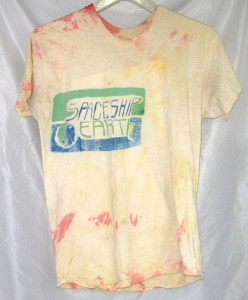All posts by mlgiarra
Social
All about social rights
Civil
All about civil rights
Sexual
All about sexual rights
Bongo
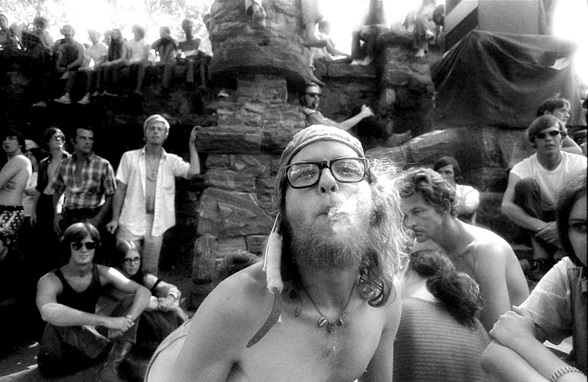
Hippie Monk. Bongo read about the Diggers and said,” I can do that!”. He began feeding hordes of hippies, runaways, soldiers, whoever came, every weekend in Piedmont.
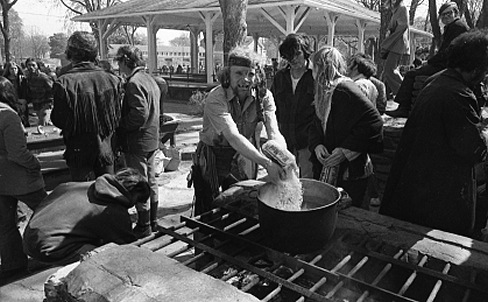 Peter Jenkins says he acquired the name Bongo from leading drum circles in Texas. He wore out his welcome with local Texas persecution and was headed through Atlanta when the outrageous people on The Strip caught his attention and he decided to stay.
Peter Jenkins says he acquired the name Bongo from leading drum circles in Texas. He wore out his welcome with local Texas persecution and was headed through Atlanta when the outrageous people on The Strip caught his attention and he decided to stay.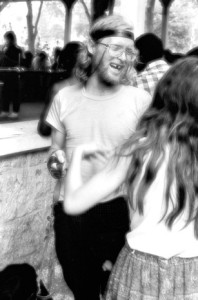
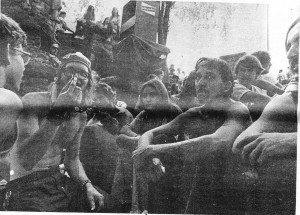
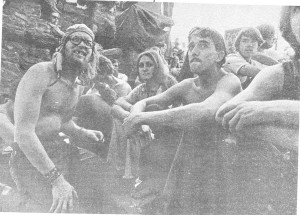 Bongo ran free food on weekends and was instrumental in initiating the Crisis Center, worked as a liaison for runaways with The Bridge as well as running several crashpads. In Byron at the 2nd Atlanta International Pop Festival he was in charge of the overdose clinic saving minds. He was a the forefront of efforts to keep hard drugs out of the Atlanta Hip Community.
Bongo ran free food on weekends and was instrumental in initiating the Crisis Center, worked as a liaison for runaways with The Bridge as well as running several crashpads. In Byron at the 2nd Atlanta International Pop Festival he was in charge of the overdose clinic saving minds. He was a the forefront of efforts to keep hard drugs out of the Atlanta Hip Community.
One of the first Greens, Bongo was always on a bicycle and was considered a little brother by the real Bikers. This enabled him to aid in cooling confrontations on The Strip.
Later Peter , as Treeman, started tree climbing which grew into Tree Climbers International and has gone global. Peter is still a flurry of activity and a very positive force in the community.
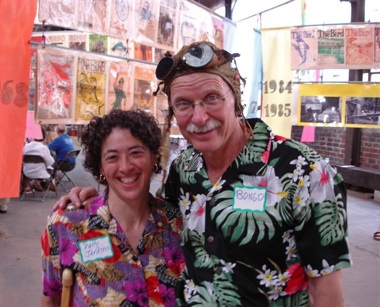
A tip of the aviator’s cap to Bongo for all the good.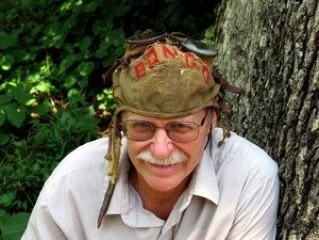
Bongo debates Lester Maddox in Piedmont Park news conference! Lester leaves.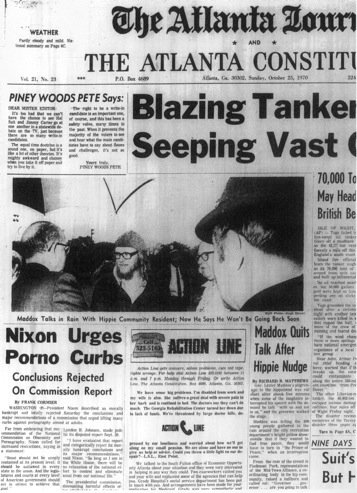
The Bird People
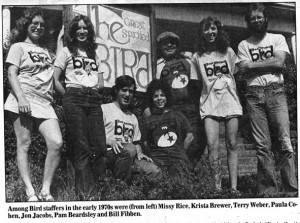
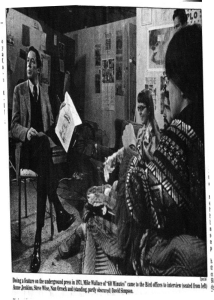
We are obtaining the complete list of Bird staffers from The Bird Bash to publish lest we forget someone.
Tom and Stephanie Coffin interview
Influences
Rose’s Cantina
Finery
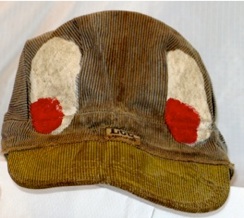 Freaks. That was what hippies called themselves since each usually was considered a freak in their locale. So Jefferson Airplane sings ”…and all the other freaks will share my cares” . San Franciscan hippies partly looked so flamboyant because a hundred year old opera house had sold off their costumes in late 1966.
Freaks. That was what hippies called themselves since each usually was considered a freak in their locale. So Jefferson Airplane sings ”…and all the other freaks will share my cares” . San Franciscan hippies partly looked so flamboyant because a hundred year old opera house had sold off their costumes in late 1966.
During the late 60s just getting dressed could be a political statement.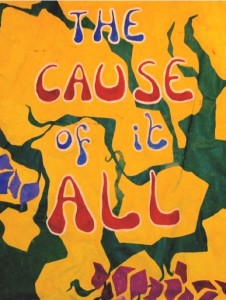
In 1967 Georgia there were no shops selling hippie clothing like you saw in the magazines and on TV. Even bell bottoms were usually only available as Navy surplus. Since Freaks followed a do your own thing ethic TO CREATE THE MOST ORGANIC CLOTHING POSSIBLE. people sewed a strip into the bottom of a pants leg to bell the bottom. People sewed their own clothes or altered what they purchased secondhand. And people began to embroider and paint their clothes. Tye-Dye was in and everyone thought they knew how. Even scout troops and church groups tried their hand. Freaks tye-dyed most anything available when the dye was ready.
Freak Clothing was fun and costumey or back-to-the-earth simple. People mainly divided into two groups. One only had a few possessions. Another had enough clothes to fill an apartment and thus last between monthly commandeering of a laundromat. Beloved jeans became souvenirs of the road and were patched and repatched onto works of art.
Most have vanished to recycling or trash, but a few beloved items are stashed away. We would like to collect a picture of your freak finery and urge you to consider donating it to the Atlanta History Museum or a like institution.
We are actively seeking a broader base to help with collecting artifacts, pictures, snapshots, and hippie stories. To preserve our collective history consider donating or bequeathing items through us to the Atlanta History Center. Bequest your stuff to the best preservation available where their significance will be honored and appreciated into the future.
Can you contribute your part?
